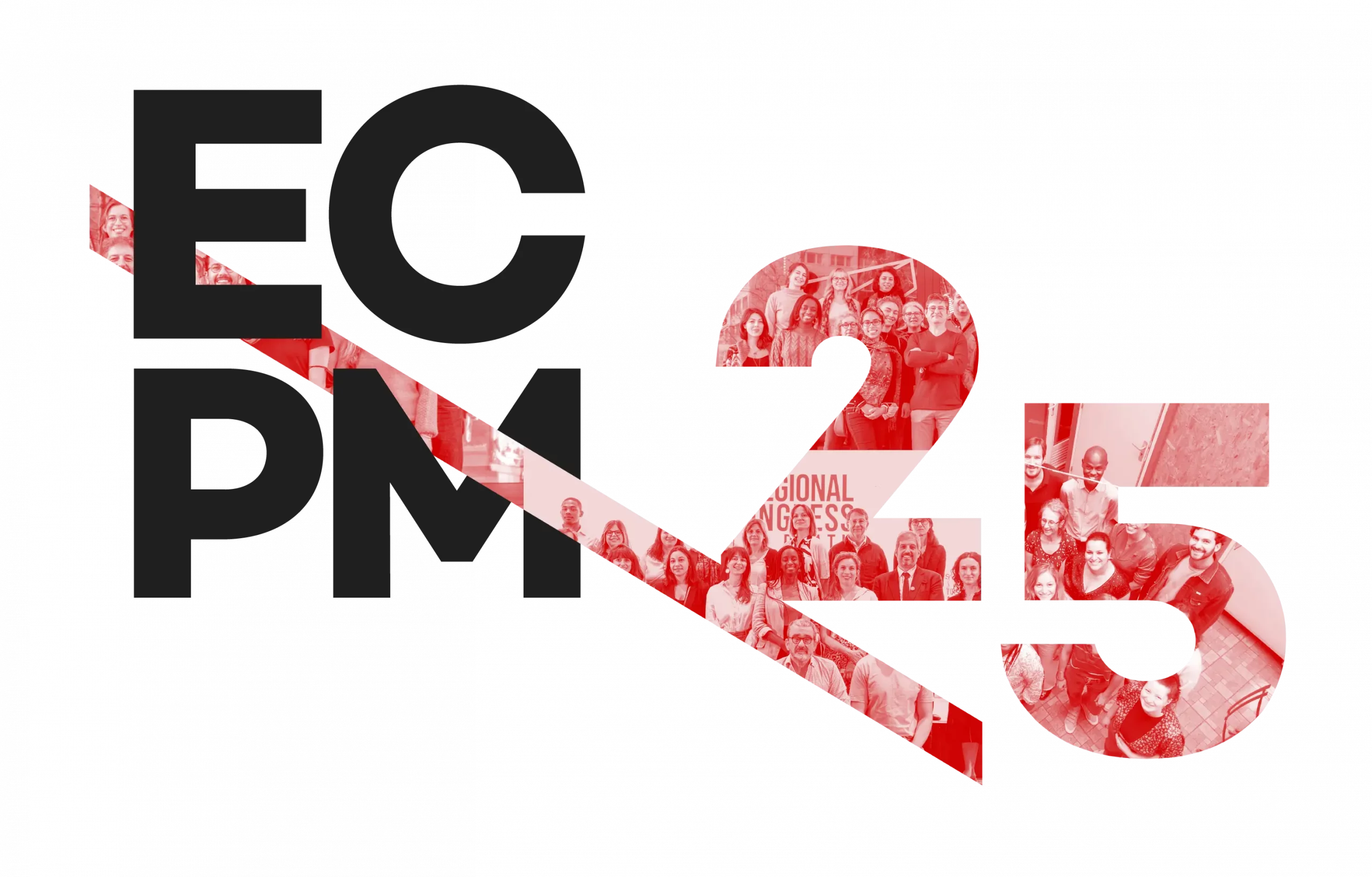The situation of the death penalty in Iran is alarming: with at least 267 executions in 2020, Iran had the highest number of executions in the world relative to its population. The 13th Annual Report on the Death Penalty in Iran, carried out by Iran Human Rights (IHR) and ECPM, assesses and analyses trends in the death penalty to provide appropriate recommendations and engage in constructive dialogue.
Its publication comes in a unique context marked by the dramatic consequences of the Covid-19 pandemic. During this period, Iran continued executions and used the death penalty as a repression tool against many opponents of the current political regime.
Nevertheless, this report shows how exasperated the Iranian population is with the regime’s practices. Public support for the death penalty has drastically declined, while the tendency to choose diya (blood money) and forgiveness over execution has dramatically increased. Iranian people now ask for transparency and accountability from those who rule the country, which the international community should be supporting more than ever.


In English
In Farsi
In English
In French
Overview
The 13th annual report on the death penalty by Iran Human Rights (IHR) and ECPM provides an assessment and analysis of the death penalty trends in 2020 in Iran. It sets out the number of executions in 2020, the trend compared to previous years, the legislative framework and procedures, charges, geographic distribution and a monthly breakdown of executions. Lists of the female and juvenile offenders executed in 2020 are also included in the tables.
The report also looks into the abolitionist movement within Iran, including the forgiveness movement and its contribution to limit the use of the death penalty, the mass online “#don’t execute” campaign started organically during the COVID-19 pandemic to save the lives of protesters on death row, and the authorities’ attempt to promote the death penalty and crackdown on human rights defenders and civil society.
This report is the result of hard work from IHR members and supporters who took part in reporting, documenting, collecting, analysing and writing of its content. It has been supplemented and refined notably by IHR sources in Iran who report unannounced and secret executions in prisons in 26 different provinces and take a significant risk.
In 2020, the year of the extraordinary and overwhelming worldwide COVID-19 pandemic, most countries have been fighting to save lives without any consideration of competition and antagonism.
Meanwhile, Iran not only continued executing as usual, but used the death penalty more than ever to nip freedom of speech and expression in the bud. The penalty in 2020 has been used as a repressive tool against protesters, ethnic minority groups (Kurds and Baluchis) and any opponents or independent thinkers.
At the launch of the 13th annual report on the death penalty in Iran, Vida Mehrannia, the wife of Dr Ahmadreza Djalali, speaks about the conditions of her husband’s detention, sentenced to death in 2016.
This report has been prepared by Iran Human Rights (IHR) with the support of ECPM.
Since 2012, IHR and ECPM have been working together for the publication, international release and circulation of the annual reports on the death penalty in Iran.
